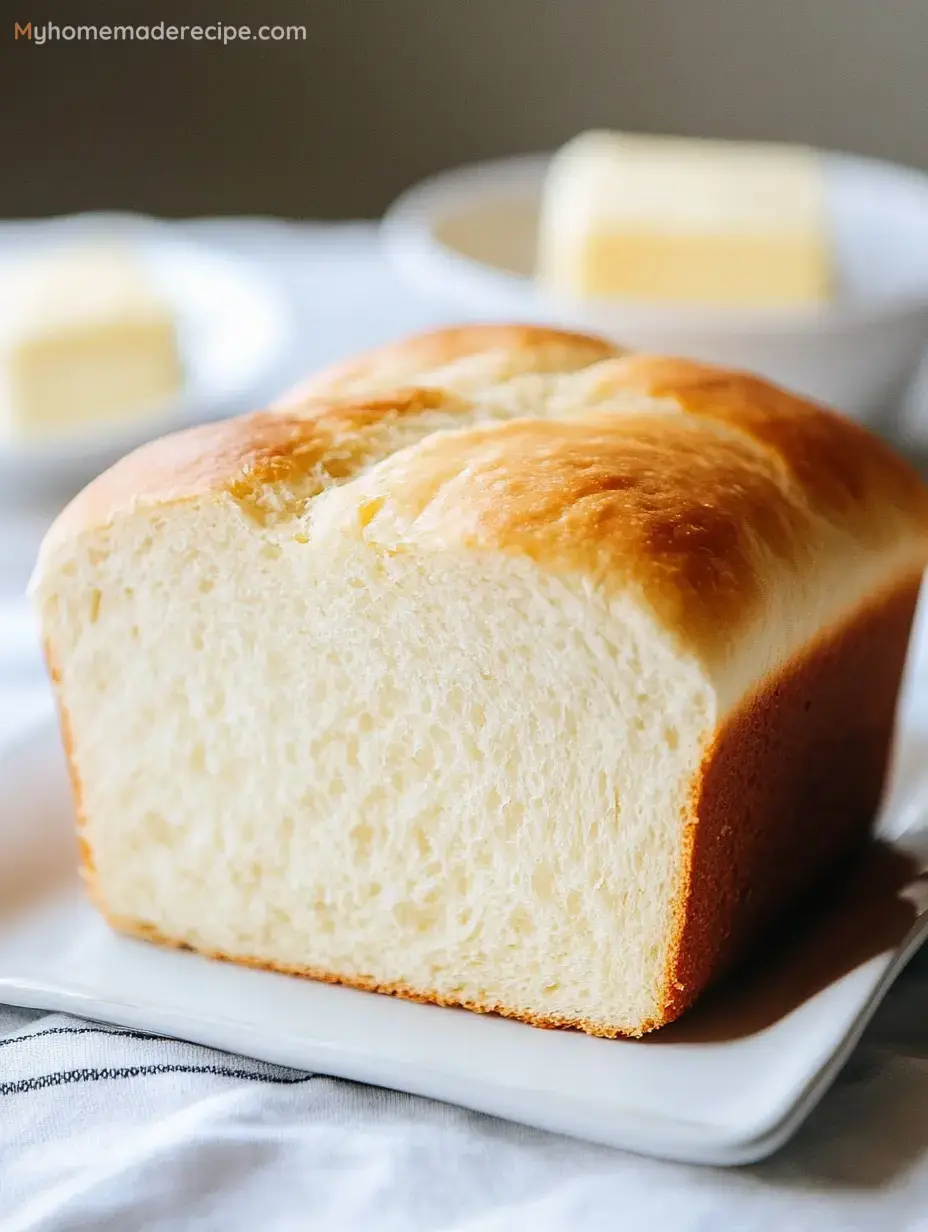There's nothing like the smell of fresh bread. It makes you think of cozy kitchens and good memories. If you've ever wanted to make this magic happen at home, you're in the right spot. This guide will show you how to make tasty homemade bread that'll impress everyone. Even if you're new to baking, you'll see that making a good loaf from scratch isn't as hard as you might think.
One of the best things about making your own bread is that you control what goes in it. You can skip the weird stuff and focus on good, simple ingredients. Homemade bread tastes so much better, and once you've had a slice of warm, fluffy bread right out of your oven, you might not want to buy bread from the store again.
So, roll up your sleeves and let's start baking. Whether you want to make something special for your family or just enjoy the fun of making bread, this recipe is great for you. Let's make the yummiest loaf of bread you've ever had!
What You Need for Your Homemade Bread
Before we start mixing and kneading, let's look at what you need for this bread recipe. Each thing is important for making that perfect loaf, so it's good to know what they do:
Active Dry Yeast
Yeast is super important for making bread. It makes the bread rise and gives it that nice, airy texture. You need 2¼ teaspoons of active dry yeast, which is one packet. Make sure your yeast is fresh and working for the best results. If you're not sure, you can test it by mixing it with some warm water and sugar – if it gets foamy after a few minutes, it's good to use.
Warm Water
You need 2¼ cups of warm water to wake up the yeast and make the dough. The water should be between 105°F and 115°F. If it's too hot, it can kill the yeast, and if it's too cold, the yeast won't wake up properly. Think of it like making the yeast comfy so it can do its job.
Sugar
You need a quarter cup of sugar plus a pinch more. The sugar does two things: it feeds the yeast to help it grow and make bubbles, and it makes the bread a little bit sweet. Don't worry though – the bread won't be super sweet in the end.
Salt
One tablespoon of salt is needed for flavor. Without salt, bread can taste pretty boring. Salt also helps control how much the yeast grows and makes the bread's texture better.
Vegetable Oil
Two tablespoons of vegetable oil make the bread moist and soft. You can use other plain-tasting oils like canola or sunflower oil if you want.
Bread Flour
You need between 5½ to 6½ cups of bread flour. Bread flour has more protein than regular flour, which helps make the bread chewy and rise higher. If you don't have bread flour, you can use regular flour, but the bread might feel a bit different.
Butter (If You Want)
You don't have to, but brushing melted butter on top of your bread after baking makes it look shiny and taste even better.
How to Make Your Homemade Bread, Step by Step
Now that we've got everything we need, let's start baking! Follow these steps carefully, and you'll end up with two nice loaves of homemade bread.
Step 1: Waking Up the Yeast
- In a big bowl or a stand mixer bowl, mix the 2¼ teaspoons of active dry yeast with 2¼ cups of warm water. Add a pinch of sugar to give the yeast something to eat. Let this sit for about 5-10 minutes until it gets bubbly and foamy.
- This step is really important because it makes sure your yeast is awake and ready to work. You should see foam on top of the water, which means the yeast is alive and kicking.
Step 2: Mixing the Dough
- Once your yeast mix is bubbly, it's time to add the other stuff. Pour in the ¼ cup of sugar, 1 tablespoon of salt, and 2 tablespoons of vegetable oil. Then, add 4 cups of the bread flour.
- Mix this all up until it's smooth. A stand mixer with a dough hook is really handy here, but you can mix by hand if you want. If you're mixing by hand, use a wooden spoon or your hands to mix everything until it looks shaggy.
Step 3: Kneading the Dough
- Now comes the fun part – kneading! Slowly add the rest of the flour, ½ cup at a time, until you have a soft, smooth dough. You might not need all the flour, so pay attention to how the dough feels.
- It should be a bit sticky but not so sticky that it sticks to your fingers.
 Pin it
Pin it
